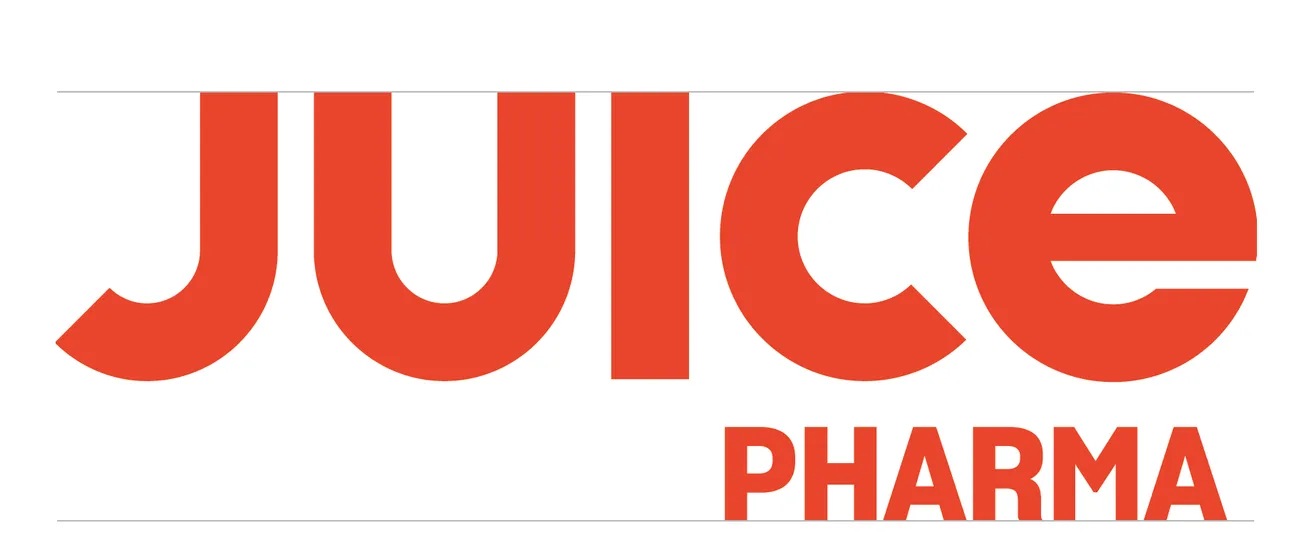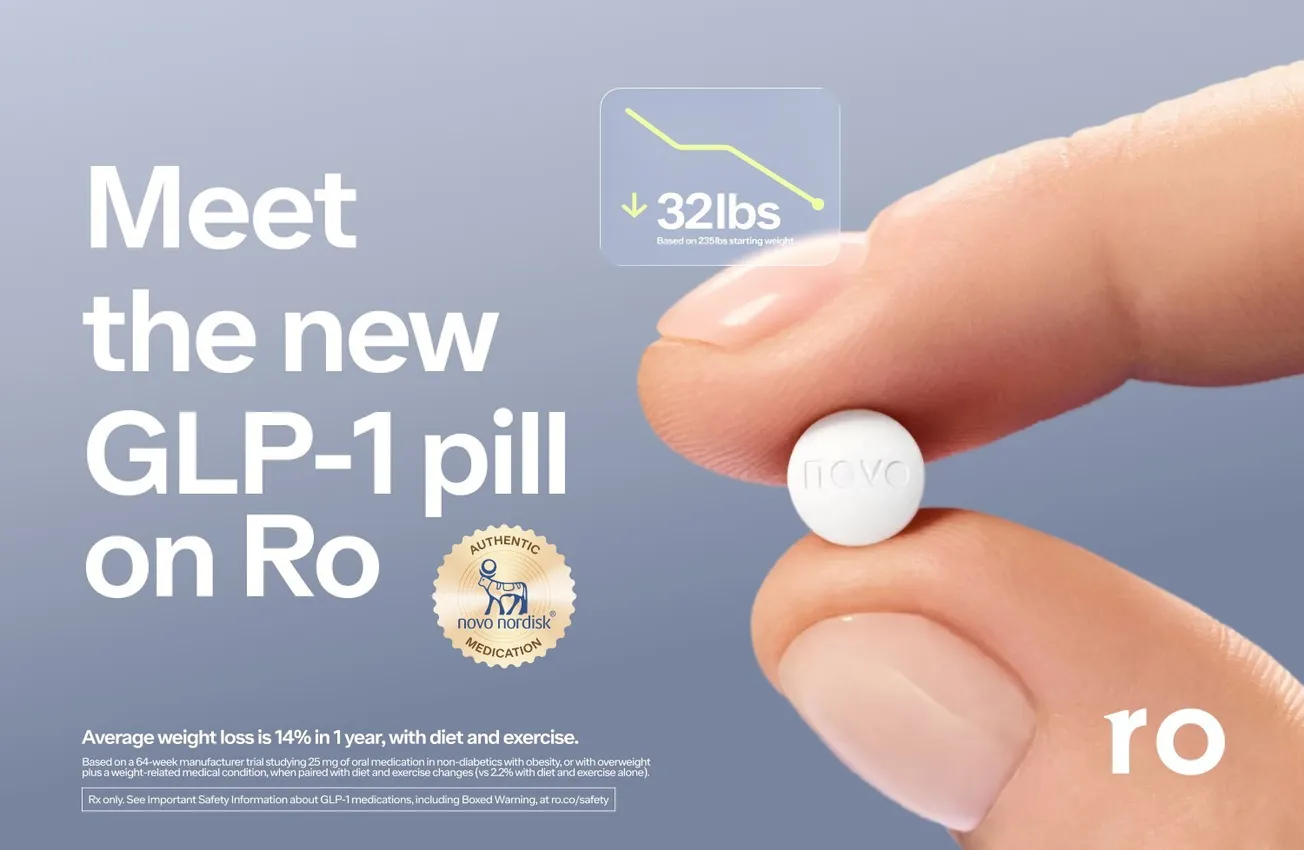“Building belief” is viewed by many marketing teams as a blueprint for building a successful brand. But as they set out to realize this plan, the old playbooks hijack their vision.

Katya Petrova
We spend hundreds of thousands of dollars on market research to understand the behaviors and attitudinal leanings of the target audiences, hoping to discern their deeper motivations. But the learnings and ensuing plans often remain “flat”, failing to provide the starting point to root a new belief. What should be its inception point and how do we get to it?
Nowhere does it have more immediacy and even poignancy than in pharmaceutical marketing. While in the consumer world, a masterfully engineered “belief” can merely drive share, a deep-seated belief around a pharma product can literally mean a difference between life and death. The deep fault lines along the acceptance/rejection of the COVID vaccines redefined many communities during the pandemic. The absence of the validated market-shaping efforts driven by the pharma industry, on the science of the COVID-vaccine technologies and the proven risk/benefit profile of these products, left a gaping hole in the healthcare discourse, quickly filled with dangerous misinformation and lives succumbed to falsehoods.
How can we become better storytellers of science, to diminish the misinformation bias and help our customers engage with their healthcare solutions better?
What’s an “Idea”?
We often call it a “big idea”. Back in the MadMen era, it used to be a line and a visual, creative presentation building up to that climactic moment of the boards to be flipped, revealing the “big (creative) idea” that would propel the brand forward.
But the notion of a “brand” that customers would buy into to bask in the glow of belonging or approval of a desired “reference group”, has significantly diminished since then. Life, ever accelerated by science and technology, leaves little room for “basking”, niching this pursuit to the rarefied few. The rest of us do away with anything that doesn’t deliver value to advance our cause, help with problems we have to solve, people we aspire to become. Brands which can help us architect our healthier future selves by aligning with our strive today will get a chance to build a relationship with us.
This is a much deeper perceptual and behavioral layer for the brands to penetrate, which, as the Inception’s main character Dominick Cobbs would say, acts as “militarized subconsciousness”, buttressed by the years of belief-shaping, induced by the context we live in. Ingrained mental maps, powered by cognitive biases and strengthened by environmental attitudes, guide our decision-making, whether we admit to it or not. Therefore, framing “reasons to believe” stemming from product attributes is fundamentally misaligned with the notion of belief building, as we are rarely aware of how we truly make decisions, let alone understanding their underlying drivers. Ideas that reshape belief need to engage with the entirety of the existential context, but never confront the belief itself, trying to unseat it by the mere frequency of repetitions. In fact, research shows that counter-messaging based on “known facts” just reinforces the original position. And when it comes to health, the stakes rise quickly, pitting the brand talking at its customer against the customer’s beliefs of what’s good and bad for their body. No one wins.
You Never Walk Alone
To build belief and change behavior, we need to acknowledge that beliefs do not emerge upon introduction of a single product or phenomenon or forming in a short time frame without connecting to a larger context. It takes time, space, and conscious engagement. And that’s where the focus of the “big idea” must be – to offer a blueprint for action, to inform an experience, provide a map for engagement, using a crack in a door of our natural ability to wonder and connect with the unseen beliefs through experience and opinions of the trusted peers. That is an important point of distinction from traditional advertising and why pharma advertising in particular might be a misleading concept. A creative platform (a “big idea”) should become an experience designed to examine all facets of the data, opinion sharing, micro-engagements and shareable learning content – all served up through the lens of biases to unseat or “feed”, through co-creation and hands-on collaboration.
Thus, we need an engagement framework that informs diverse conceptual and tactical output – a platform where various starting points of exploration will jump start a journey of discovery, for physicians and patients alike.
Everything in service of developing this platform, from finding a trigger to ignite connection with a product to a hypothesis articulating the path to building belief in its value, should be crafted through the lens of the relationship informed by a current set of values and poised to evolve, as the environment shifts. We need to acknowledge in our brand-building process that customers’ engagement with it will be active and participatory and build in a responsive way.
Katya Petrova is chief business officer of JUICE Pharma Worldwide.








